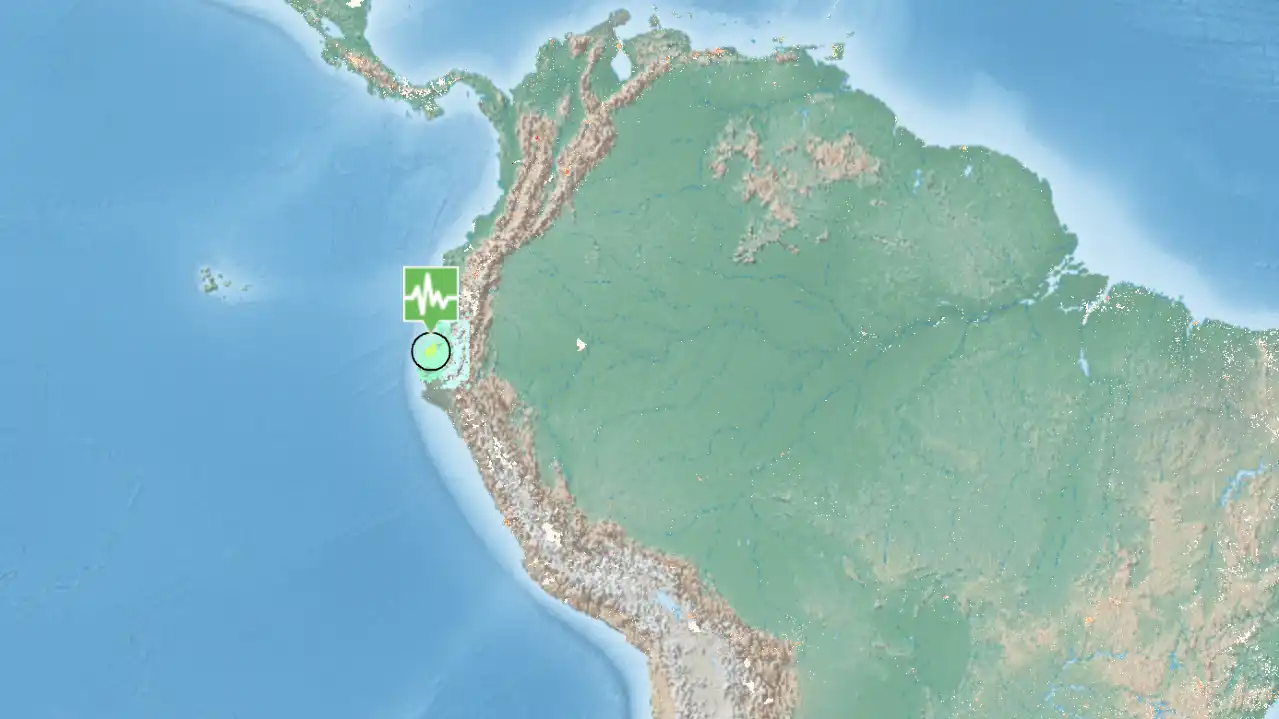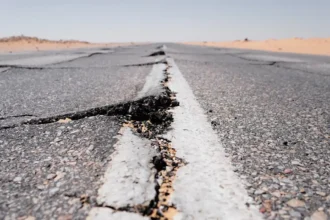5.6 Magnitude Earthquake Shakes Peru-Ecuador Border: What This Means
A moderate earthquake has suddenly struck the border area between Peru and Ecuador, according to Reuters reporting. The German Research Centre for Geosciences (GFZ) measured this earth movement at magnitude 5.6, occurring on Thursday (08 May 2025).
What makes this earthquake particularly notable is its shallow depth of only 10 kilometers (about 6 miles) below the surface, which can significantly increase how strongly people feel the shaking above.
Understanding Earthquake Strength and Detection
When scientists talk about a magnitude 5.6 earthquake, they’re describing an event that’s powerful enough to be felt widely but usually causes limited damage to well-built structures. The monitoring systems that detected this earthquake work by measuring seismic waves—essentially vibrations traveling through Earth’s crust.
These sophisticated detection networks can pinpoint an earthquake’s location within minutes, giving authorities crucial early information about where to focus their attention.
The shallow depth of this earthquake is particularly important to understand. When earthquakes happen closer to the surface, the energy doesn’t spread out as much before reaching buildings and people. This means even a moderate magnitude can create stronger shaking in nearby communities than a deeper earthquake of the same size would.
Communities Near the Epicenter
- Tumbes, Peru – Located about 37 kilometers from the epicenter, this northern Peruvian city with thousands of residents would likely have felt significant shaking, though being at this distance often reduces the worst effects.
- La Breita, Peru – Positioned 54 kilometers to the south-southwest of the earthquake’s center, this community would experience moderate tremors that might frighten residents but typically cause limited physical damage.
- Huaquillas, Ecuador – This Ecuadorian town, situated 60 kilometers northeast of the epicenter, would feel the earthquake as noticeable shaking that could potentially disturb loose objects but rarely causes structural problems.
Assessing the Human Impact
The Global Disaster Alert and Coordination System (GDACS) has initially determined that this earthquake will likely have low humanitarian impact, considering both its moderate strength and the affected population’s situation.
Following any earthquake, local authorities immediately begin a careful process of checking buildings, infrastructure, and contacting communities. So far, BOTA – Alfapress has reported no casualties or major material damage from this event, which aligns with typical outcomes for earthquakes of this magnitude.
Why Earthquakes Occur in This Region
The Peru-Ecuador border sits within what scientists call the Pacific Ring of Fire, a horseshoe-shaped zone where many tectonic plates meet and move against each other, creating frequent earthquake activity.
This particular area experiences regular seismic events because the Nazca Plate is constantly pushing beneath the South American Plate in a process called subduction, building pressure that occasionally releases as earthquakes.
As monitoring continues, local authorities will keep assessing any potential impacts from this earthquake. While initially appearing to have limited consequences, the situation could evolve as more remote areas report their status.










